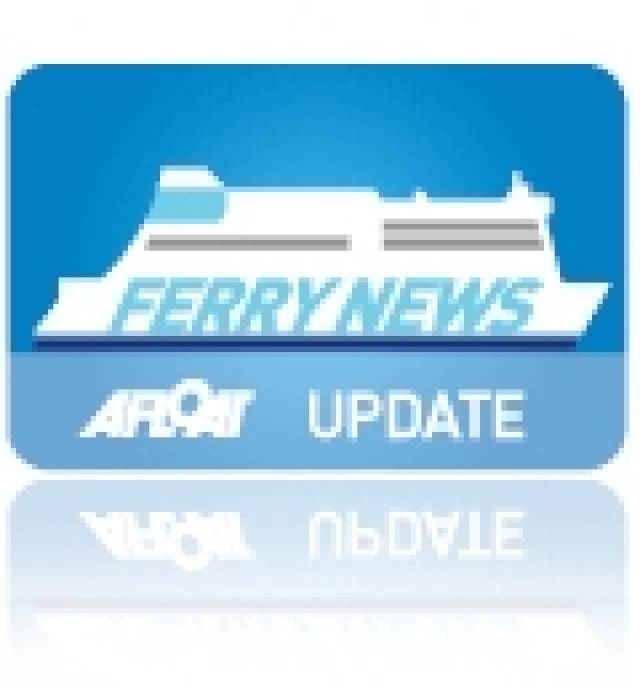#FerryCharter- New Zealand ferry operator Interislander has announced the renewal of the charter lease of Irish Continental Group's (ICG) ferry Kaitaki for another four years, writes Jehan Ashmore.
ICG which are the parent company of Irish Ferries, have chartered out the Kaitaki, (the former Irish Sea ferry Isle of Innisfree) to Interislander since 2005 and where the 22,365 tonnes ro-pax operates on the scenic north-south islands route between Wellington and Picton.
The voyage along the 92km distance long route takes 3 hours to complete across the Cook Strait and has been described as "one of the most beautiful ferry rides in the world".
The agreement by ICG to extend the bare boat charter of Kaitaki, to KiwiRail Limited trading as Interislander is a direct continuation from the current charter, which was due to expire on 30 June 2013 and where over the next four years, the annual charter rate is €3.75m.
Kaitaki which is the Maori translation for Challenger, is the flagship of the Interislander fleet and is the largest passenger ferry (with a 1,650 capacity) operating in New Zealand waters.
She has proved to be a valuable member of the fleet where freight levels have reached of up to 60 trucks transported on nightly sailings and to a lesser extent during day-time sailings. In addition the route provides time sensitive perishable goods deliveries between the islands.
Under the charter terms the agreement also provides for an option for Interislander to extend the charter beyond July 2017 for a further period of three years and at a reduced rate.
Originally the Dutch built ferry started a career as Isle of Innisfree, the first custom-built ferry for Irish Ferries, when introduced onto Dublin-Holyhead service in 1995.
Notably Isle of Innissfree's debut not only marked modernisation but investment confidence on the central corridor route which was part of B&I Line operations until ICG acquired the ailing state-owned company several years previously.
Further business accelerated on the Dublin route which led to a larger newbuild Isle of Inishmore enter service in 1997 and in which displaced the 'Innisfree' to Rosslare-Pembroke Dock route.
In turn 'Inishmore' was replaced and also transferred to the southern corridor route upon introduction of the giant new 'flagship' Ulysses in 2001.
With Isle of Innisfree having no role anymore on the Irish Sea in that year, she was laid up until 2002 when ICG chartered the ferry to P&O Ferries. As the renamed Pride of Cherbourg she ran from her namesake port to Portsmouth.
Following English Channel service the 550 car-capacity ferry then spent a stint in the Baltic Sea as Stena Challenger before heading for her current role in the southern hemisphere.































































